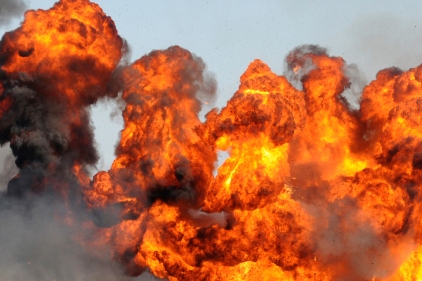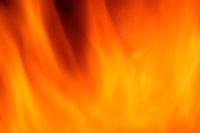High-rise fires cause quarter billion dollars of property damage a year

 According to a new report released by the National Fire Protection Association (NFPA), in 2005-2009, there were an average of 15,700 reported structure fires in high-rise buildings per year with an associated $235 million in direct property damage.
According to a new report released by the National Fire Protection Association (NFPA), in 2005-2009, there were an average of 15,700 reported structure fires in high-rise buildings per year with an associated $235 million in direct property damage.
The report, “High-Rise Building Fires,” cites apartments, hotels, offices, and facilities that care for sick as accounting for roughly half of all high-rise fires. Structure fires in these four property classes resulted in
$99 million in direct property damage per year.
There is a downward trend in high-rise fires. In the last few decades, a range of special provisions have migrated into the codes and standards for tall buildings. At NFPA’s upcoming Fire & Life Safety Conference, Division Manager of Building Fire Protection Robert Solomon will explore code changes related to high-rise building construction, configuration, systems, planning and evacuation procedures.
More information on Solomon’s session and the conference can be found at www.nfpa.org/FLSCONF.
Other findings from the report:
• In 2005-2009, high-rise fires claimed the lives of 53 civilians and injured 546 others, per year.
• The risks of fire, fire death, and direct property damage due to fire tend to be lower in high-rise buildings than in shorter buildings of the same property use.
• An estimated three percent of all 2005-2009 reported structure fires were in high-rise buildings.
• Usage of wet pipe sprinklers and fire detection equipment is higher in high-rise buildings than in other buildings of the same property use.
• Most high-rise building fires begin on floors no higher than the 6th story. The risk of a fire is greater on the lower floors for apartments, hotels and motels, and facilities that care for the sick, but greater on the upper floors for office buildings.
About the National Fire Protection Association (NFPA)
NFPA is a worldwide leader in fire, electrical, building, and life safety. The mission of the international nonprofit organization founded in 1896 is to reduce the worldwide burden of fire and other hazards on the quality of life by providing and advocating consensus codes and standards, research, training, and education. Visit NFPA’s website at www.nfpa.org for more information.
Looking for a reprint of this article?
From high-res PDFs to custom plaques, order your copy today!




